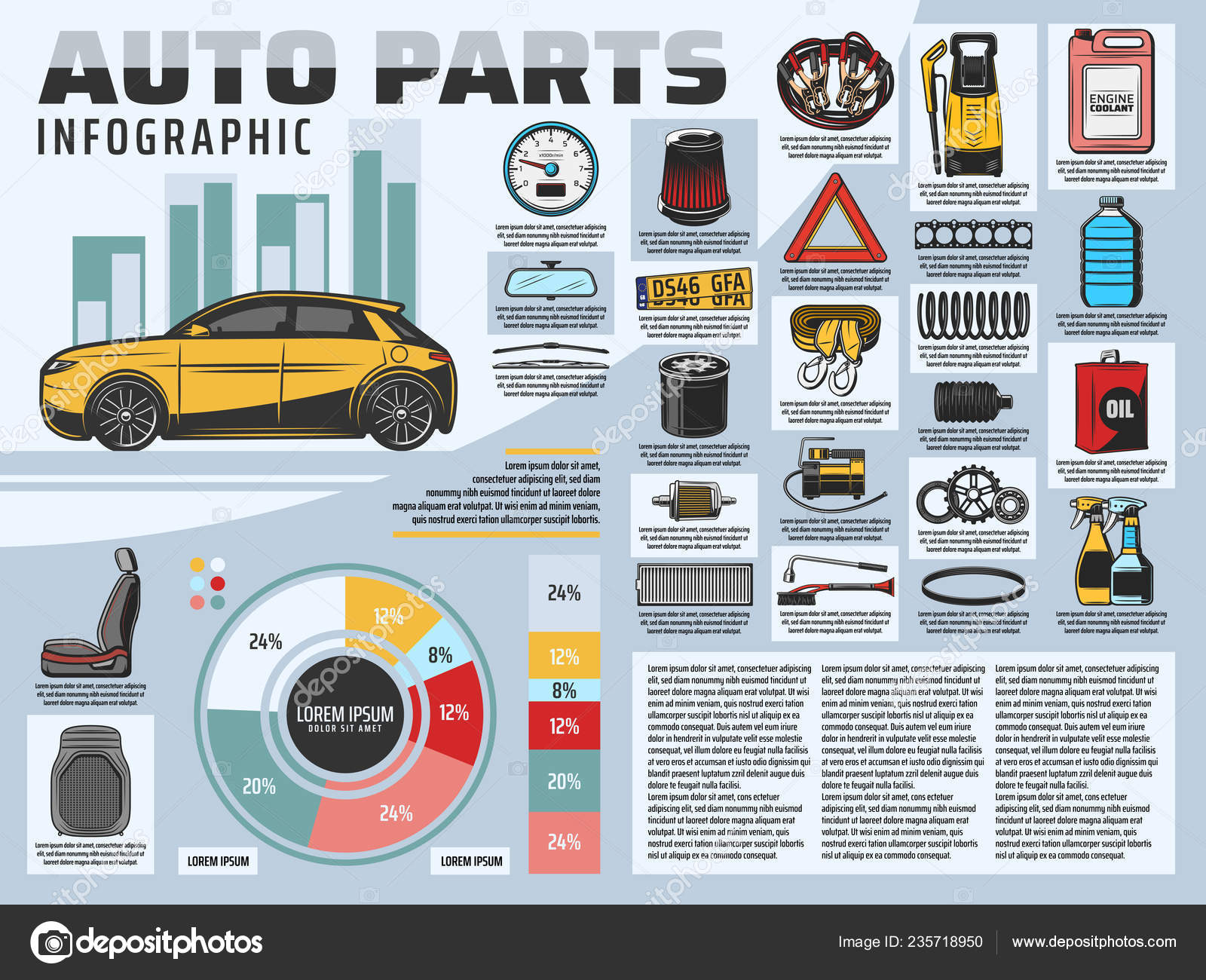Wondering About The Definition Behind Those Control Panel Caution Lights? Gain Understandings Right Into Their Ramifications For Your Automobile'S Safety And Maintenance
Wondering About The Definition Behind Those Control Panel Caution Lights? Gain Understandings Right Into Their Ramifications For Your Automobile'S Safety And Maintenance
Blog Article
Authored By-Samuelsen Stark
When you lag the wheel, those radiant warning lights on your dashboard can be a bit perplexing. Do you understand what they're trying to inform you concerning your automobile's health? Comprehending the value of these lights is important for your safety and security and the long life of your car. So, the following time among those lights turns up, would not you wish to understand its message precisely and take the essential steps to address it?
Common Caution Lighting and Interpretations
Determine usual warning lights in your car and recognize their significances to make sure secure driving.
One of the most typical warning lights include the check engine light, which signifies concerns with the engine or exhausts system. If this light begins, it's vital to have your vehicle checked quickly.
The oil pressure advising light indicates low oil pressure, requiring prompt focus to avoid engine damages.
A blinking battery light could suggest a damaged charging system, potentially leaving you stranded otherwise resolved.
The tire pressure monitoring system (TPMS) light signals you to reduced tire stress, influencing vehicle security and gas efficiency. Neglecting this can result in hazardous driving problems.
The abdominal muscle light indicates a problem with the anti-lock braking system, endangering your ability to quit quickly in emergency situations.
Last but not least, the coolant temperature level alerting light warns of engine getting too hot, which can result in extreme damage otherwise fixed promptly.
Comprehending these usual warning lights will assist you attend to concerns without delay and preserve safe driving problems.
Relevance of Prompt Attention
Understanding the usual warning lights in your cars and truck is just the initial step; the significance of without delay attending to these cautions can not be emphasized enough to guarantee your safety when traveling.
When a caution light brightens on your control panel, it's your car's method of communicating a possible concern that requires interest. Neglecting cardetailingspecialistauckland can bring about more severe troubles later on, compromising your safety and security and potentially costing you a lot more out of commission.
Prompt attention to cautioning lights can stop break downs and accidents. As an example, a flashing check engine light could indicate a misfire that, if left unattended, can trigger damage to the catalytic converter. Addressing this immediately can save you from an expensive repair work.
In a similar way, a brake system advising light could indicate reduced brake fluid or used brake pads, vital components for your security when driving.
DIY Troubleshooting Tips
If you see a warning light on your dashboard, there are a few DIY repairing pointers you can try before seeking expert help.
The very first step is to consult your cars and truck's manual to comprehend what the details caution light indicates. Occasionally the concern can be as basic as a loose gas cap triggering the check engine light. Tightening visit the site might deal with the problem.
An additional usual problem is a reduced battery, which can activate various cautioning lights. Inspecting the battery links for deterioration and ensuring they're safe could take care of the problem.
If a warning light continues, you can try resetting it by separating the car's battery for a few minutes and then reconnecting it. Additionally, examining your vehicle's fluid degrees, such as oil, coolant, and brake liquid, can aid fix warning lights associated with these systems.
Conclusion
In conclusion, recognizing your cars and truck's warning lights is essential for maintaining your vehicle running efficiently and securely. By without delay resolving these alerts and understanding what they indicate, you can avoid costly fixings and prospective breakdowns.
Remember to consult your automobile's handbook for specific information on each alerting light and do something about it as necessary to make sure a trouble-free driving experience.
Remain informed, remain risk-free when traveling!
